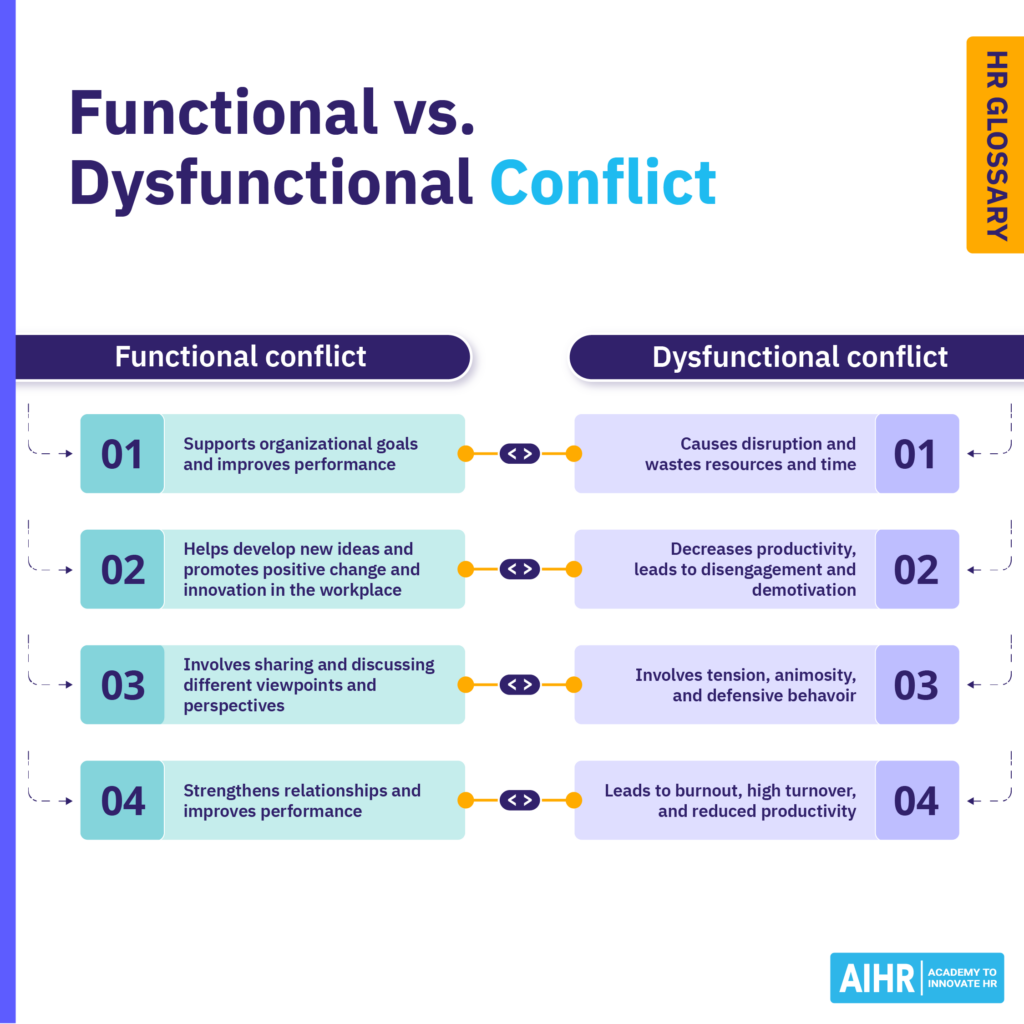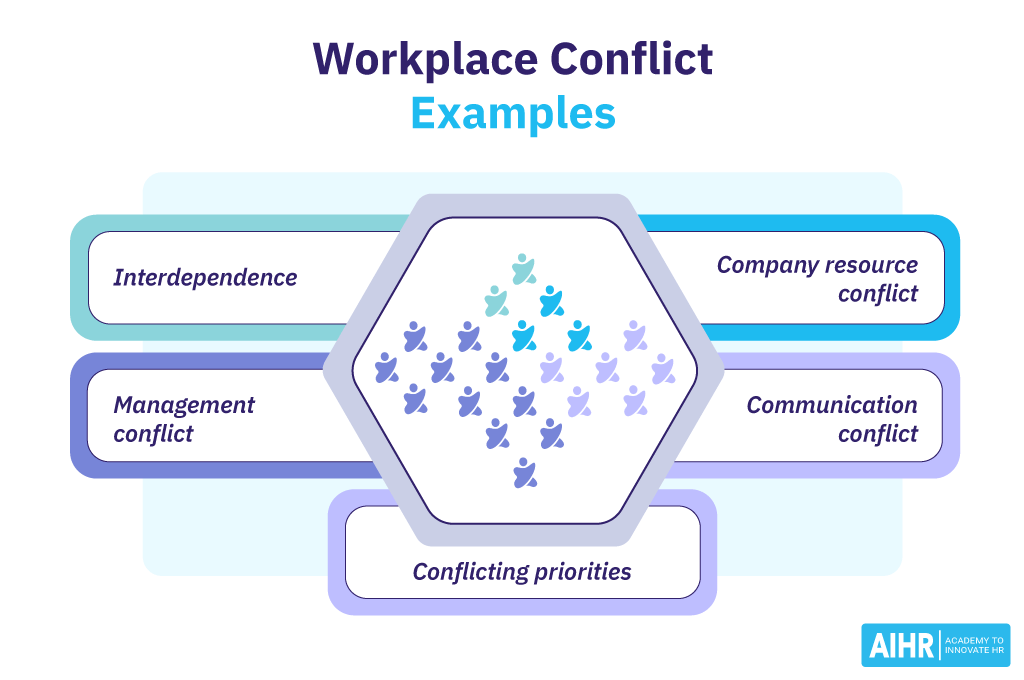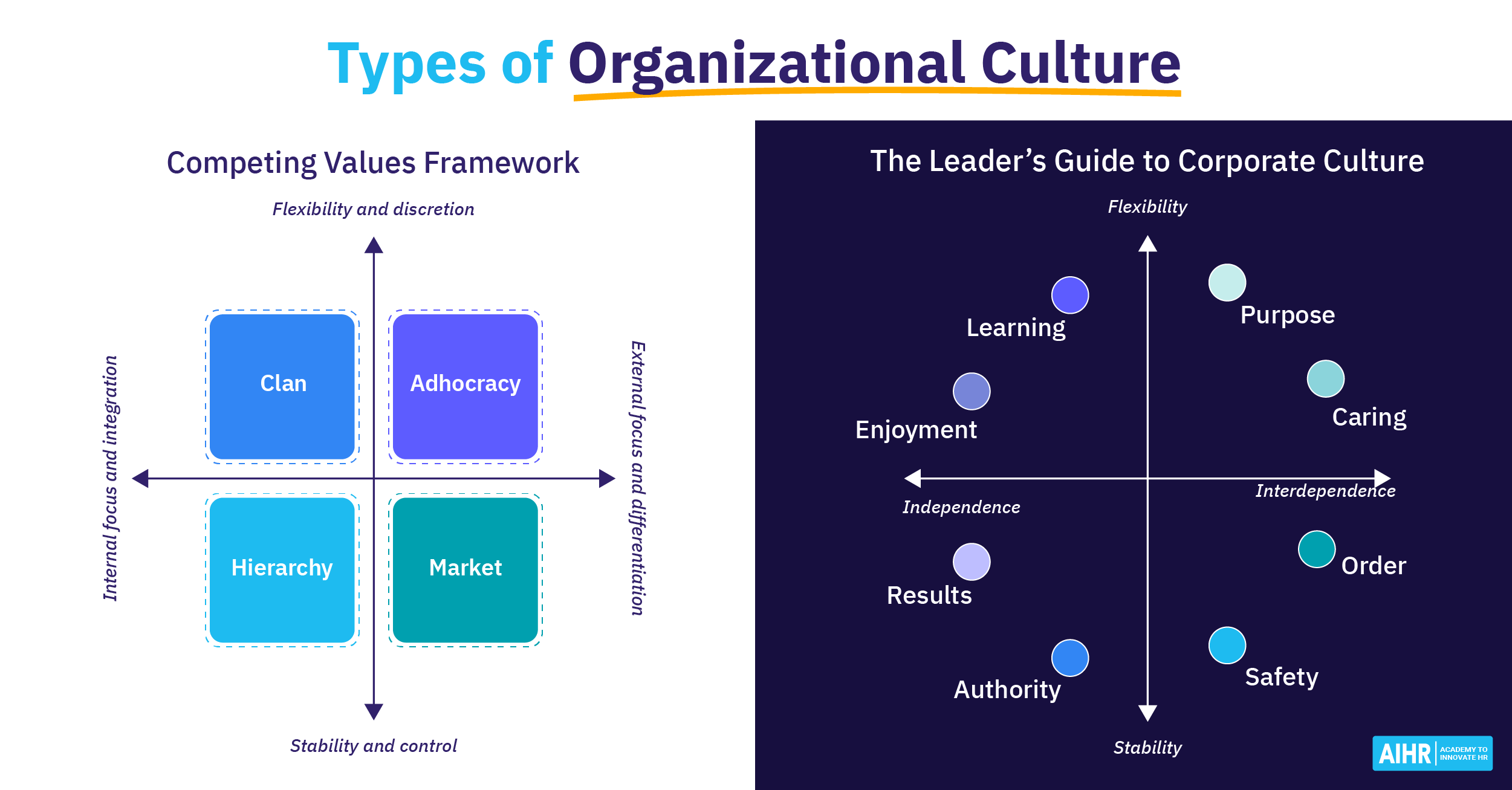Functional Conflict
What is functional conflict?
Functional conflict is a type of disagreement that, rather than causing harm, contributes positively to a group’s performance, decision-making, or innovation. Employees in functional disputes are not motivated by selfish interests but rather want to find solutions to current company problems to benefit the organization. This type of conflict is also referred to as constructive or cooperative conflict.
In functional conflict, views are not suppressed because all members are able to express themselves fully without bias in a safe space and without fear of consequences. Working environments that view conflicts as a tool to foster growth perform well since every opinion counts, making members more willing to express an opinion and more innovative in solution-finding.
Functional vs. dysfunctional conflict
Functional conflict is constructive and supports the organization’s goals. It encourages healthy debate, drives innovation, and improves problem-solving. Team members may challenge ideas or assumptions in a way that fosters creativity and enhances decision-making.
An example of functional conflict would be a brainstorming session where colleagues respectfully discuss differing perspectives to find the best solution exemplifies functional conflict.
Key characteristics of functional conflict:
- Encourages collaboration and open communication
- Helps clarify objectives and align efforts
- Promotes creativity and critical thinking
- Strengthens relationships when managed effectively.
Dysfunctional conflict, on the other hand, is harmful and detracts from organizational goals. It typically involves personal attacks, miscommunication, or unresolved disagreements that create tension. This type of conflict can disrupt productivity, lower morale, and damage team cohesion.
An example of dysfunctional conflict would be a heated argument between colleagues that leads to resentment and avoidance, rather than resolution.
Key characteristics of dysfunctional conflict:
- Focuses on personal differences rather than work-related issues
- Creates a toxic work environment
- Reduces productivity and engagement
- Can lead to high turnover and team burnout.
We could summarize the differences between functional and dysfunctional conflict as follows:
Supports organizational goals and improves performance.
Causes disruption and wastes resources and time.
Helps develop new ideas and promotes positive change and innovation in the workplace.
Decreases productivity, leads to disengagement and demotivation.
Involves sharing and discussing different viewpoints and perspectives.
Involves tension, animosity, and defensive behavior.
Strengthens relationships and improves performance.
Leads to burnout, high turnover, and reduced productivity.

Examples of workplace conflict
Conflict in the workplace has many causes and forms. When handled correctly, workplace conflict can benefit the organization and improve performance. Below, we’ve included examples of workplace conflicts, along with a functional conflict example for each, to demonstrate how these situations can lead to positive outcomes.
1. Interdependence
This conflict arises between employees who rely on each other’s roles to get their jobs done. A conflict may ensue if an employee feels a co-worker’s input is derailing their project and could make them miss deadlines.
Interdependence example
A marketing associate depends on a graphic designer to deliver visuals for a campaign. The associate feels the designer’s delays are jeopardizing their ability to meet the campaign’s launch date. They openly discuss the issue, and the designer explains their workload. Together, they agree to adjust deadlines or redistribute tasks, improving workflow and ensuring timely delivery.
2. Management conflict
Some employees may find it challenging to work under certain managers or supervisors, which then may cause conflict. It is up to the organization’s top management to align leadership across all departments and ensure every manager follows the same script to resolve conflict and prevent inconsistencies.
Management conflict example
A team struggles under a manager who frequently changes project priorities without explanation. During a team meeting, employees respectfully voice their concerns about the lack of clarity and its impact on productivity. The manager, realizing their approach is causing confusion, adopts a clearer system for communicating priorities, resulting in better alignment and improved morale.
3. Company resource conflict
An organization with limited resources, forcing employees to co-share most of them, is a recipe for unending conflicts. A company should invest in enough office equipment and access licenses to eliminate constant conflicts between workers. The resources should also be evenly distributed across different departments so that every employee has an equal chance of being productive.
Company resource conflict example
Two departments argue over who should have priority access to a limited number of laptops for field research. Through a mediated discussion, the departments agree on a rotational schedule and advocate for a proposal to secure additional laptops. The solution not only resolves the immediate conflict but also ensures long-term resource planning.
4. Communication conflict
Differences may escalate if the staff members are not trained in effective communication. Varying communication styles can result in misinterpretation, causing conflicts. An organization needs to train its workforce in better communication.
Communication conflict example
A team member uses email for all updates, while others rely on quick Slack messages. This difference causes confusion about task statuses. During a team feedback session, they agree on a consistent communication tool for specific updates, enhancing efficiency and reducing misunderstandings.
5. Conflicting priorities
Often, employees have different priorities and will make themselves available or not depending on their own goals. When two employees have conflicting priorities, it can lead to conflict in the allocation of resources, time to contribute, and collaboration.
Conflicting priorities example
An operations manager prioritizes process optimization, while a sales manager focuses on meeting quarterly revenue targets. This leads to disagreement over budget allocation for either process upgrades or client acquisition. Their discussion helps both sides recognize the importance of balance, leading to a split allocation that supports both goals.

How is a functional conflict beneficial in the workplace?
A workplace can benefit immensely from functional conflict if its management understands how to navigate the disagreements without bias. Here are some benefits arising from functional conflicts:
- Improved teamwork: Functional conflicts foster teamwork because solutions are easier to find in togetherness. It also helps build trust and loyalty among employees because the end goal is to have the company’s best interests at heart.
- Greater incentive to seek solutions: Functional conflicts are the simplest approach to finding answers, as each team or member focuses on solving the problem at hand. Once each member has shared all ideas and insights, all of them can work on finding a suitable solution.
- Diffused tension: Conflicts create tension and fear in working environments, thus affecting employees’ morale. Functional conflicts, however, relieve tension among employees because their views are not suppressed. Every member feels at ease and can express themselves without being judged or looked down upon.
- Healthy competition: When employees’ ideas are rewarded following a functional conflict, others are motivated to enhance their analytical skills. This encourages healthy competition.
How can HR manage functional conflict?
A company can benefit from functional conflict only if its leadership knows how to tackle the disagreements in an unbiased, neutral way. It can manage these conflicts by doing the following:
- Communicate to employees that constructive conflict is part of a healthy work culture and advise them on best practices for managing these situations.
- Offer training on conflict management techniques.
- Establish a clear and well-documented process that employees can follow when conflict does arise.
- Create a platform for employees to raise their voices and be heard. Encouraging them to air their frustrations ensures they don’t suffer in silence. While doing so, strive to demonstrate good listening skills so workers don’t think sharing their concerns is futile.
- Where applicable, arrange for a trained third party to facilitate the conversation and find a mutual solution.
- Educate managers to identify behavior that signals unaddressed conflict, such as reporting to work late, absenteeism, or low performance.
FAQ
A functional conflict example is when team members share different ideas about improving a process, leading to a productive discussion that results in a better solution.
To encourage functional conflict, create a culture of open communication where employees feel safe sharing ideas and differing opinions. Set clear guidelines for respectful discussions, focus on problem-solving, and reward constructive input.









